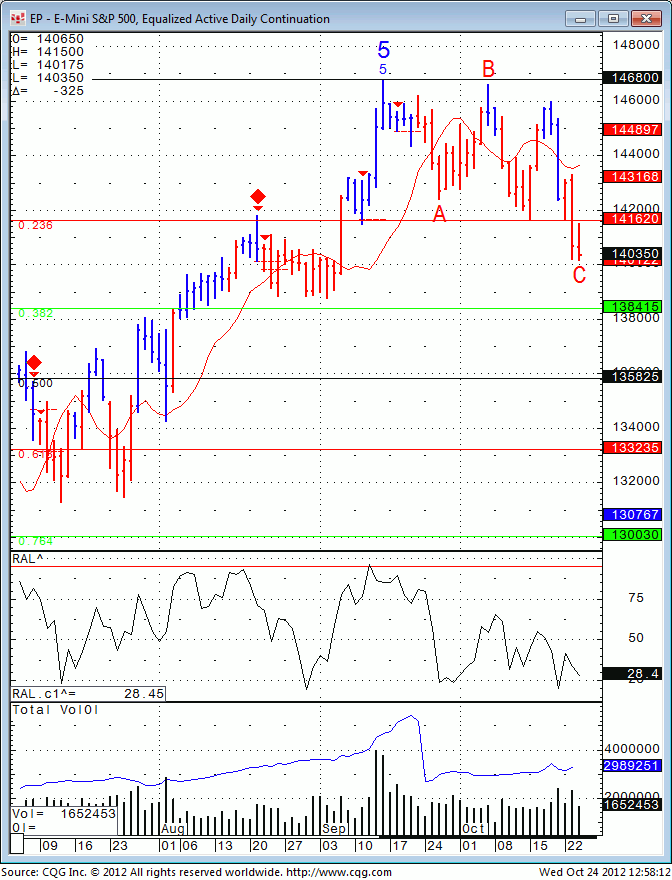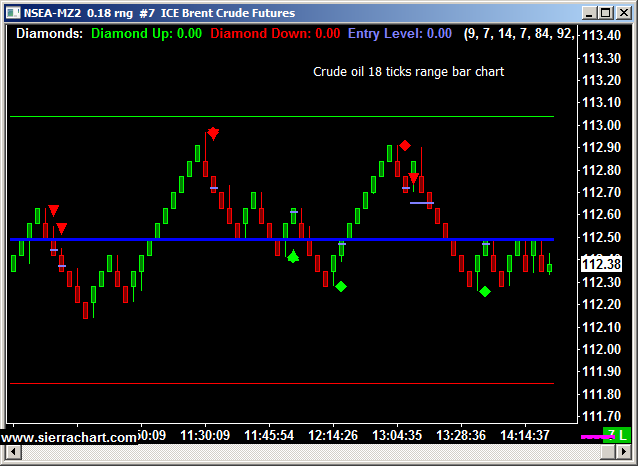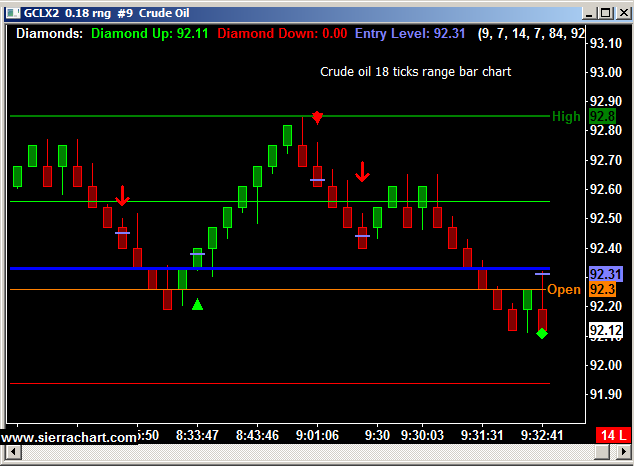By my colleague from www.TradingeMini.com
Mental Risk Management
“When you learn what not to do in order not to loose, only then can you begin to learn what to do in order to win” Edwin Lefevre, Reminiscences of a Stock Operator
1. Managing Position Size
Size envy can make traders take larger positions than they should. Most people can’t walk straight into a gym and bench press 300lbs. Traders must build up financial capacity, technical skills and emotional development, judging progress against their own levels not others.
2. Dreaming of a Big Win
This is the earmark of a beginner. The key to success is consistency, steadily achieving profits with a simple sound process and using runners catch the larger moves or position trade with a separate broker account. A successful athlete focuses on the steps to achieve results not the results.
3. Vengeance Trading
Vengeance trading is when a trader takes a hit and wants to get even with the market risking financial, emotional capital. The angry trader wants revenge, to prove they were right, so they stubbornly enter in the same direction as the loosing trade, focusing on where the trade did not go, rather than where another trade could go in a market which is always impersonal and never wrong.
4. Boredom
The mind will go to great lengths to avoid boredom. A Gamblers Anonymous maxim holds that gambling, or overtrading, is a sign of boredom, so recognize when you are becoming bored and dismiss it as a false emotional trigger.
5. The Averaging Down Sin
Averaging down is adding to a looser, with the hope that it will turn around, without regard for the reality of what your charts are telling you. Never average down, you are stubbornly refusing to admit you are wrong.
6. Are you Trading Intelligently or Gambling
Successful traders trigger when the odds are favourable. Gamblers trigger on hope. A gambler can’t explain why they won other than they had a “gut feeling”. They trade for excitement, with no plan or discipline, unwilling to accept reality, believing they can have good things without effort.
The Gamblers Anonymous 12-steps can help control loses. For example,
“Make a searching and fearless moral and financial inventory of ourselves” Know why you want to be a trader, what you expect to get out of it and whether you really have the right support and financial basis to trade.
“Admit to ourselves and to another human being the exact nature of our wrongs” Keep an honest trading journal and have an accountability group, be it other traders, friends or family.
“Continue to take a personal inventory, and when we are wrong, promptly admit it” When in a bad trade admit it and get out. You must take personal responsibility for your actions and not blame others or “The market”.
Trading can be enjoyable and social, gambling is lonely and heartbreaking, The Recovery Book sums it up in one sentence “To gamble risking progressive deterioration OR Not to gamble and develop a better way of life”.



